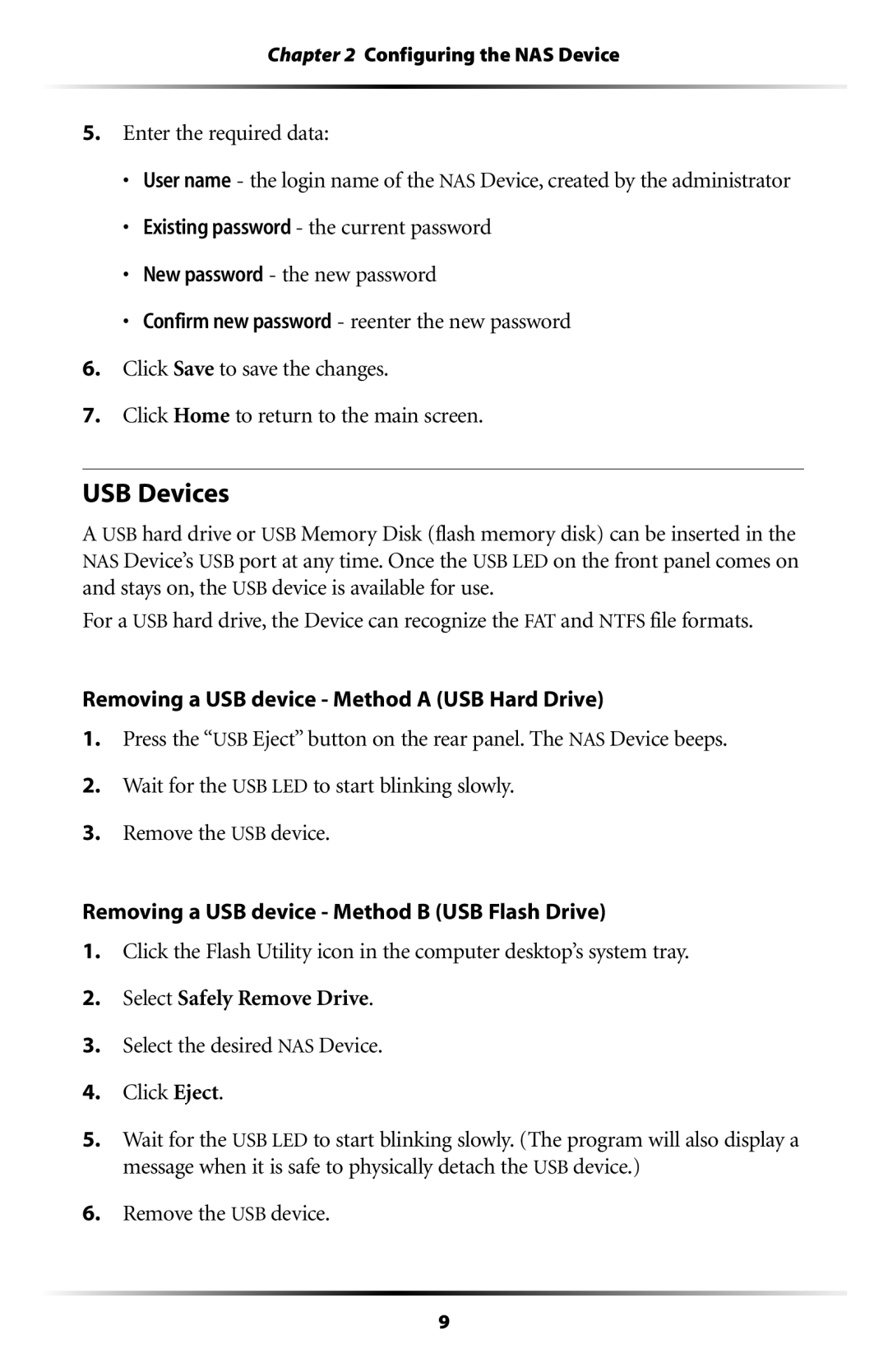NS100-300, NS100-200, NS100-250, NS100-400, NS100-160 specifications
The Actiontec NS-100 series encompasses a line of high-performance electronic devices designed to cater to various networking needs. Among the models available—NS100, NS100-160, NS100-400, NS100-250, and NS100-200—each unit offers distinct features and capabilities that are suitable for both residential and commercial applications.The Actiontec NS-100 serves as the foundational model in the series. It's engineered for efficient data transmission and remarkable bandwidth management. The NS-100 offers robust security features, ensuring that user data remains protected while routing traffic effectively. The device is designed with energy efficiency in mind, making it an environmentally friendly choice for users looking to lower their carbon footprint.
The NS100-160 introduces enhanced performance capabilities, supporting higher data rates and advanced traffic management tools. This model is perfect for homes and small offices that require a more reliable internet connection to handle multiple devices simultaneously. The addition of dual-band Wi-Fi technology in the NS100-160 maximizes coverage and minimizes interference, allowing for uninterrupted streaming and gaming experiences.
Moving on to the NS100-400, this model stands out with its increased processing power and bandwidth capacity. Ideal for larger networks or data-intensive applications, the NS100-400 incorporates advanced Quality of Service (QoS) features to prioritize bandwidth for critical applications. Its versatile connectivity options, including Ethernet ports and USB interfaces, make it suitable for various networking tasks, from file sharing to media streaming.
The NS100-250 model balances performance and scalability, making it a solid choice for medium-sized businesses. With features such as VLAN support and robust firewall capabilities, the NS100-250 ensures not only better network management but also superior security. Its user-friendly interface allows for easy configuration, catering to those with limited technical expertise.
Lastly, the NS100-200 offers an appealing combination of performance and affordability, targeting budget-conscious users who still desire quality. It features essential functionalities such as DHCP support and VPN capabilities, making it versatile enough for diverse networking needs.
In summary, the Actiontec NS-100 series presents a variety of models that accommodate different user requirements. With a focus on performance, security, and ease of use, these devices are engineered to support a wide range of applications, making them a valuable addition to any networking environment.

